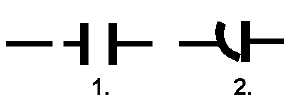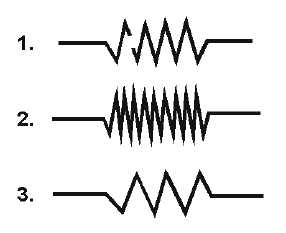3-52
Capacitor and Resistor Troubles
Only two things can happen to a capacitor:
1. It may open up, removing itself completely from the circuit.
2. It may develop an internal short circuit. This means that it begins to pass current as though it were
a resistor or a direct short.
You can check a capacitor you suspect of being open by disconnecting it from the circuit and
checking it with a capacitor analyzer. You can check a capacitor you suspect of being leaky with an
ohmmeter; if it reads less than 500 kilohms, it is more than likely bad. However, capacitor troubles are
difficult to find since they may appear intermittently or only under operating voltages. Therefore, the best
check for a faulty capacitor is to replace it with one you know to be good. If this restores proper
operation, the fault was in the capacitor.
Resistor troubles are the simplest; but like the rest, you must keep them in mind.
1. A resistor can open up.
2. A resistor can increase in value.
3. A resistor can decrease in value.
You already know how to check possible resistor troubles. Just use an ohmmeter after making sure
no parallel circuit is connected across the resistor you wish to measure. When you know a parallel circuit
is connected across the resistor or when you are in doubt, disconnect one end of the resistor before
measuring it. The ohmmeter check will usually be adequate. However, never forget that intermittent
troubles may develop in resistors as well as in any other electronic parts. Also remember that the final



